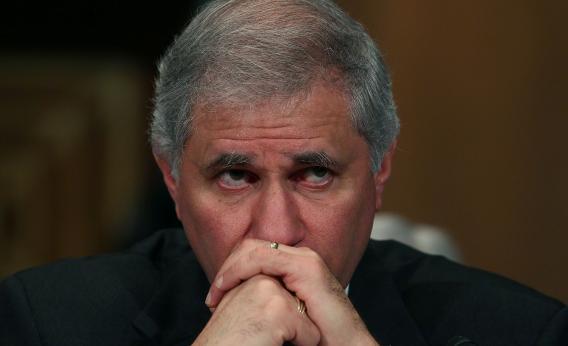People like to complain about America’s mega-banks, but I think it’s also worth noting a sense in which we have a problem in America of our banks being too small. Not that Wells Fargo and Citigroup are too small, but that there are far too many tiny banks in America and they don’t give the big boys adequate competition.
One oft-quoted talking point is that the Big Four largest banks in the country control about 40 percent of the total assets in the system. That’s striking. But it’s also striking that the remaining 60 percent are divided among more than 7,000 institutions. If you had massive consolidation among the non-Big Four banks, then you could have more like a Big 10 or Big 15 and arguably a more robustly competitive system. After all, the mere fact that there are more than 7,000 banks in America doesn’t mean you have more than 7,000 banking options to choose from. The vast majority of these institutions don’t operate in any given location, and most of them are far too small to provide substantial corporations with the banking services they need. The Kentland Federal Savings & Loan Association, with its exciting one branch in Kentland, Ind., is not offering Bank of America meaningful competition. Promoting the creation of a larger number of big firms could create a more genuinely competitive banking sector.
You can see it just with the mid-major banks. The Big Four dwarf all other banks in size. But if you combined US Bank, PNC Bank, BONY Mellon, Capital One, and State Street, you’d have a bank larger than Wells Fargo or Citibank but smaller than Bank of America or JP Morgan Chase. Then you could create a sixth mega-bank by merging up TD Bank, HSBC, BB&T, SunTrust, FIA, Fifth Third, and Regions Bank. And so on and so forth. Obviously that counting method is much too crude. The point to keep in mind is just that one of the reasons the giant banks loom so large is the continued extraordinary level of fragmentation in the American banking industry.
And note that these small banks also fail quite frequently. Even though the FDIC process through which their depositors get bailed out is pretty smooth and uncontroversial, that doesn’t mean there’s no cost to small-bank mismanagement. The FDIC’s expenses are a de facto tax on everyone else’s bank accounts and there’s plenty of reason to think larger institutions would be less exposed to idiosyncratic risk factors (or simply unable to hire competent personnel) if we could over time cut down the total number of banks in the country to double digits.
